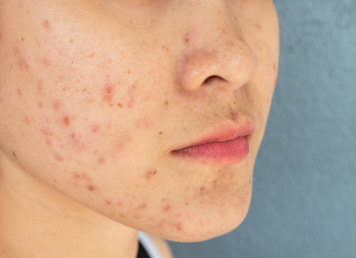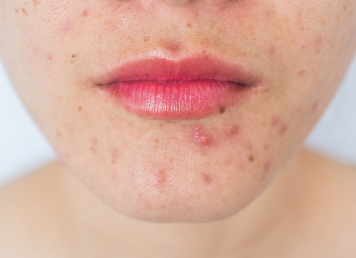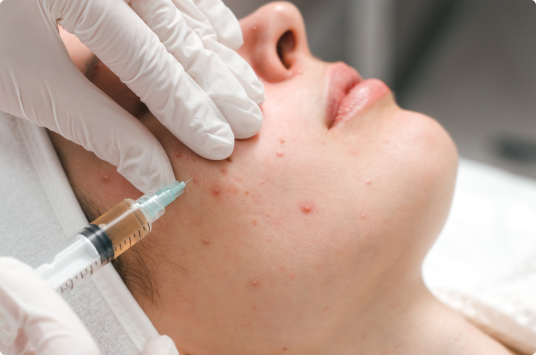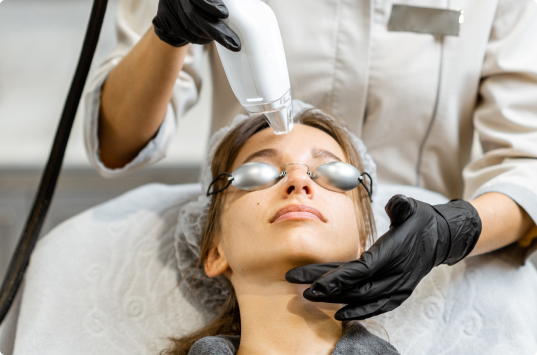Acne refers to a chronic and inflammatory skin disease. It is caused as a result of overactivity of the oil glands present at the base of hair follicles that leads to outbreaks of lesions (often known as pimples and zits) thereby causing dark spots and scars on the face, and back, shoulder, chest, neck, and upper arms. Everyone at a certain stage of their life gets affected by acne, either mild or severe. If you are looking for the best acne treatment in Delhi then you are at the right place.
It is one of the most common skin issues in teenagers as well as in adults. Acne generally appears when the pores of your skin are clogged with dead cells, sebum/oil, and bacteria. Acne if not treated on time leads to dark spots and scars on the skin that can be difficult to treat at a very later stage. If you have acne, acne marks, or acne scars, you should immediately consult a dermatologist to get a counter treatment. This will help you control acne and its scars effectively.
















